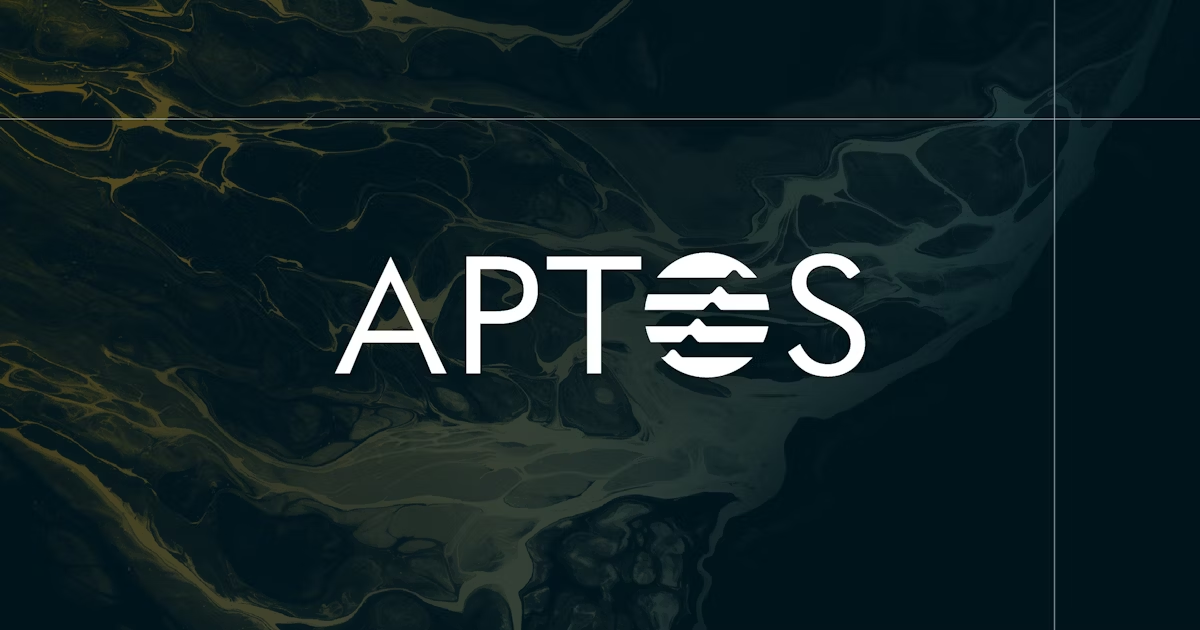Image source: Depositphotos.com
There are many concerns when it comes to blockchain ecosystems relying on the Proof-of-Work consensus algorithms. Most of these concerns pertain to the impact these networks have on the environment. However, networks depending on Proof-of-Stake are considered more eco-friendly, creating new opportunities for the likes of Tezos.
Proof-of-Work and the climate
Many people have conflicting opinions on blockchain technology and its many different consensus algorithms. The majority of people seem to dislike Proof-of-Work, primarily due to the negative impact it can have on our environment and climate. Mining Bitcoin requires a lot of energy and electricity. The same applies to Ethereum, Litecoin, and the many other Proof-of-Work blockchains in existence today.
One can find a contrarian approach to Proof-of-Work in Proof-of-Stake. It has no mining component and allows anyone to enter the ecosystem as long as they own a blockchain’s native asset. From an eco-friendly standpoint, Proof-of-Stake seemingly has no impact on the environment whatsoever.
Which of these two consensus algorithms is better than the other will always be a matter of debate. However, there is a growing focus on Proof-of-Stake solutions, as even Ethereum will drop Proof-of-Work in favor of this consensus algorithm in the coming months. Additionally, other Proof-of-Stake blockchains are getting a lot of attention from different angles, indicating a proverbial storm may be brewing.
NFTs and Proof-of-Stake
Speaking of attention from different angles, more and more voices speak out about the impact of consensus algorithms on our planet. There is a correlation between the climate, cryptocurrencies, and blockchain technology. One sector to pay attention to is crypto art and the future role it may play. More specifically, there is a lot one can achieve with Non-Fungible Tokens or NFTs. As a digital art form, it too can make a positive impact on climate change, just like Proof-of-Stake blockchains.
Contrary to traditional artworks, NFTs may hold the key to aligning incentives between creators and their fans. The possibilities for crypto art and digital collectibles are nearly limitless, although the industry is still in an early development stage. Even then, going from digital art to addressing climate change remains a big leap.
Currently, most NFTs exist on blockchains where Proof-of-Work is the consensus algorithm. As such, any issued form of crypto art indirectly contributes to a negative impact on the planet’s climate. Smart contracts often handle the minting and trading of NFTs. While Etheruem is the go-to place for this activity right now, it is not unthinkable other blockchain ecosystems will have their chance to shine.
OpenSea taps Tezos
One recent example of an NFT marketplace exploring alternative ecosystems is OpenSea. As one of the top crypto art marketplaces today, the team intends to support multiple blockchains to facilitate cross-chain trading and minting of NFTs. In a blog post, the team confirms Tezos meets all of the requirements to further NFT standards. Any NFT created on this Proof-of-Stake blockchain – using the FA2 standard – will be compatible with the OpenSea marketplace.
After collecting feedback from supporting Ethereum’s ERC-721 standard for NFT, it became apparent there needs to be a better and more versatile token standard for NFTs. Tezos’ FA2 seems to fit that bill, as it shares some elements with ERC-1155 on Ethereum, but removes the reliance on Proof-of-Work as a consensus algorithm. Moreover, the FA2 standard supports a wide range of token types- including fungible and non-transferable tokens – allowing for more customization and broader support.
Furthermore, it appears Tezos can be more efficient in rolling out network upgrades. Changes and improvements are introduced every three months thanks to its active developer community. These changes helped reduce gas fees by nearly 75%, among other things. For application developers and even crypto artists, networks like these can offer many benefits.
Closing thoughts
As more people oppose the ecological footprint of proof-of-Work blockchains, the focus will slowly shift to proof-of-Stake and other alternatives. Now that the NFT industry is mulling such a change, it may be a matter of time until more changes become apparent. Both Bitcoin and Ethereum consume a lot of energy, making them less feasible for innovative projects such as crypto art.
As blockchains such as Tezos facilitate more energy-efficient minting and trading of NFTs, the direct economic incentives will become more visible to everyone. It is even possible the energy requirements for Proof-of-stake blockchains will keep decreasing, whereas the situation will be different for Proof-of-Work networks. No one wants to mint an NFT in a way that harms the environment is there are more viable alternatives available.
Credit: Source link










































































































































